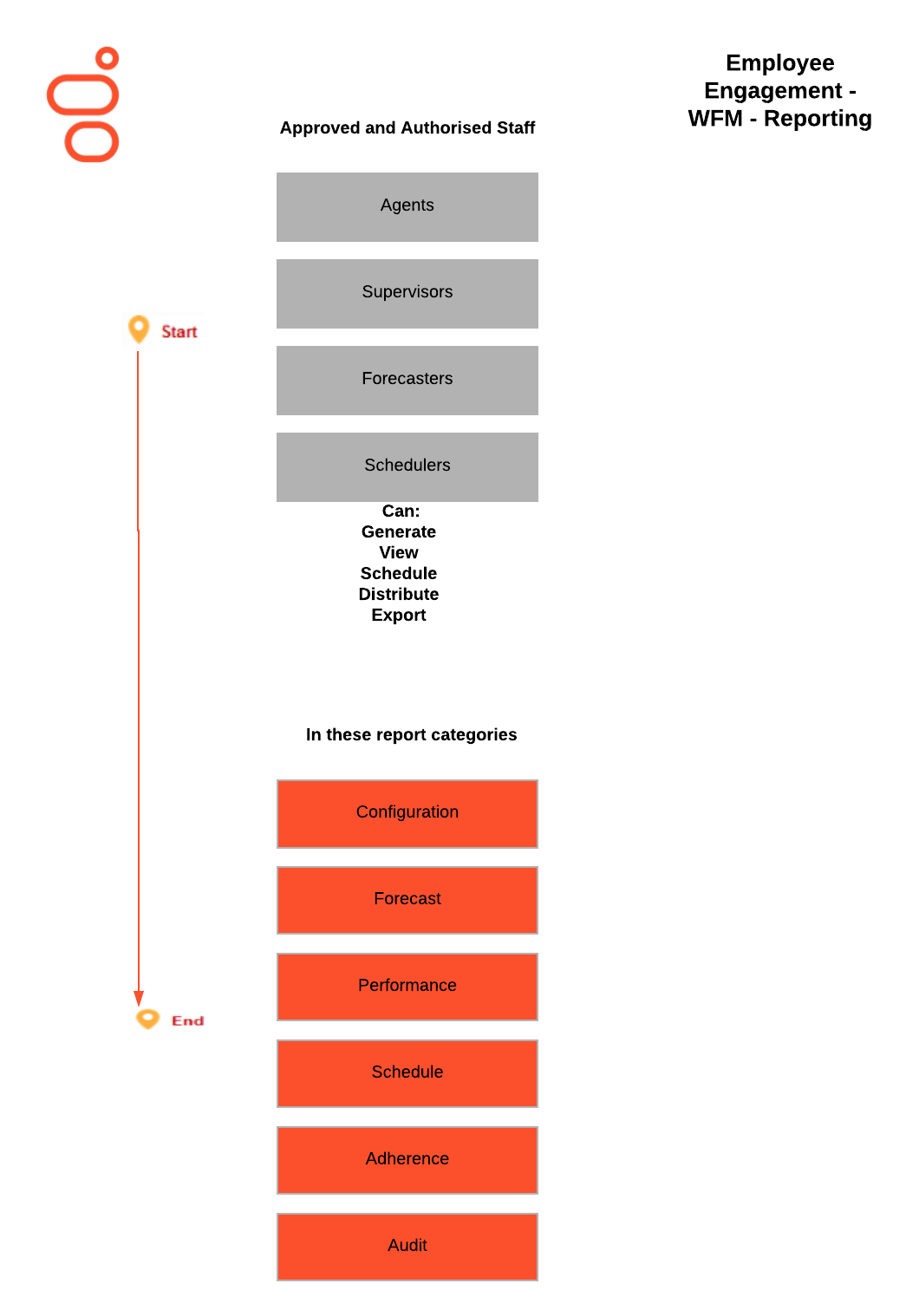Genesys Back-office Scheduling (EE26) for Genesys Engage on premises
What's the challenge?
Even the most consistent business has peak periods and needs that change over time. Staffing for peaks leaves some people sitting and waiting for work, but staffing for the average load means unhappy customers or incomplete work during peaks. What if you could better predict and respond to changes?
What's the solution?
Back-office scheduling tools to effectively and accurately forecast work loads, with schedule automation and manual management processes. These systems are widely used by a range of support organizations for dependable efficiencies by aligning work priorities while decreasing management overhead.
Contents
Use Case Overview
Story and Business Context
Traditionally, back-office environments have not enjoyed the advanced contact center benefits that workforce management solutions have provided due to the non-integrated nature of such environments. Using Genesys Workforce Management coexisting with a Genesys Enterprise Workload Management solution, businesses can effectively and accurately forecast and schedule back-office work items.
Use Case Benefits*
The following benefits are based on benchmark information captured from Genesys customers and may vary based on industry, lines of business or Genesys product line:
| Use Case Benefits | Explanation |
|---|---|
| Improved Employee Utilization | Scheduling the most skilled individuals to handle each type of work improves employee utilization. Accurate forecasting, scheduling and performance monitoring for back office staff also improves employee utilization. |
| Reduced Administration Costs | Automated scheduling for back office employees reduces administration effort and cost. |
| Reduced Overtime Costs | Improving strategic and long-term planning for back office staffing reduces overtime costs. |
Summary
Genesys WFM, when integrated with a Genesys EWM solution, allows users to forecast and schedule for back-office work items.
Use Case Definition
Business Flow
Business Flow Description Forecasting Flow Description
- Step 1: Validate that the historical data has been collected and stored accurately.
- Step 2: Workforce Planner or Supervisor creates or edits a forecast scenario.
- Workforce Planner or Supervisor uses the Forecasting Build Wizard to build a volume forecast.
- Workforce Planner or Supervisor uses the Staffing Build Wizard to determine the requirements.
- Authorized user can modify the forecast.
- Step 3:The Forecast Scenario is then published to the Master Forecast.
- Step 4:Forecaster notifies the scheduler that the Master forecast is published.
Scheduling Flow Description
- Step 5:Scheduler creates the Schedule Scenario.
- Step 6:Scheduler builds the schedule.
- Step 7:Scheduler publishes the schedule scenario to the Master Schedule.
Intraday Flow Description
- Step 8:The forecasters, schedulers, planners, or supervisors manage adds, moves, and changes to existing schedules based on their individual access rights.
- Step 9:Agents are notified of changes via email.
- Step 10:Scheduler and Forecaster evaluate accuracy of forecast to actual and adjust accordingly.
- Step 11:Supervisors can monitor the adherence of the agents in their team to the published schedule.
Business Flow
Digital and back office flow
Business Flow Description
Business and Distribution Logic
Business Logic
A prerequisite to any basic WFM deployment is a formal discovery process with resulting commensurate documentation.
Distribution Logic
N/A
User Interface & Reporting
Agent UI
Agents access the WFM Web Agent UI with a supported browser. There is no Java in this UI. See Supported Operating Environment Guide for specific browser support.
Reporting
Real-time Reporting
The following figure shows the reporting flow:
Approved, authorized staff can generate, schedule, and distribute out-of-the-box reports in the following categories:
- Configuration
- Forecast
- Performance
- Schedule
- Adherence
- Audit
The Genesys WFM product contains a number of out-of-the-box real-time reporting elements. Details can be found in the Workforce Management Administrator Guide.
Historical Reporting
The Genesys WFM product contains a number of out-of-the-box historical reporting elements. Details can be found in the Workforce Management Administrator Guide.
Customer-facing Considerations
Interdependencies
All required, alternate, and optional use cases are listed here, as well as any exceptions.
| All of the following required: | At least one of the following required: | Optional | Exceptions |
|---|---|---|---|
Workforce Engagement |
Digital
|
None | None |
Document Version
- Version v 1.1.3 last updated February 25, 2021

